Must see Car Museum Architecture around the World
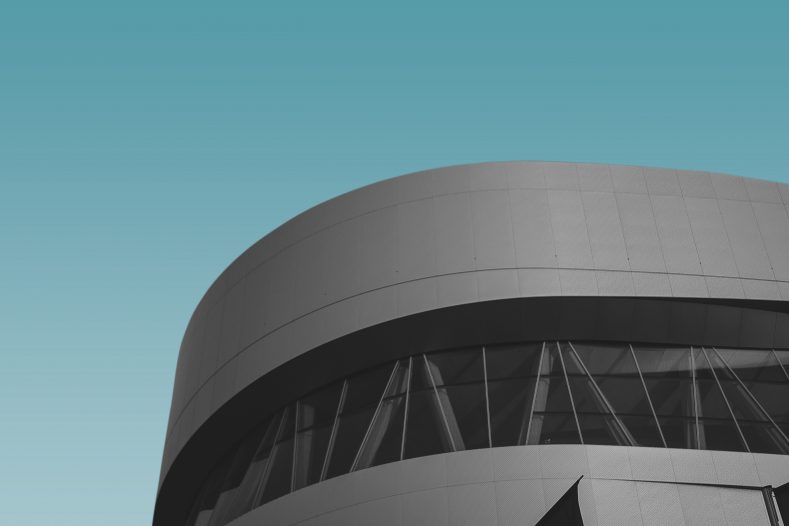
Beautiful cars
Rare and beautiful cars from manufacturers like Porsche, BMW, and Mercedes need beautiful places to be displayed. The Architecture of the buildings below is incredible, and no expense has been spared to make a statement. Bringing a sense of magic to the Automotive Museum experience, and a day out to remember. From Los Angeles to Germany, these are some of the most beautiful Car Museum buildings in the world.
Peterson Automotive Museum, Los Angeles, USA
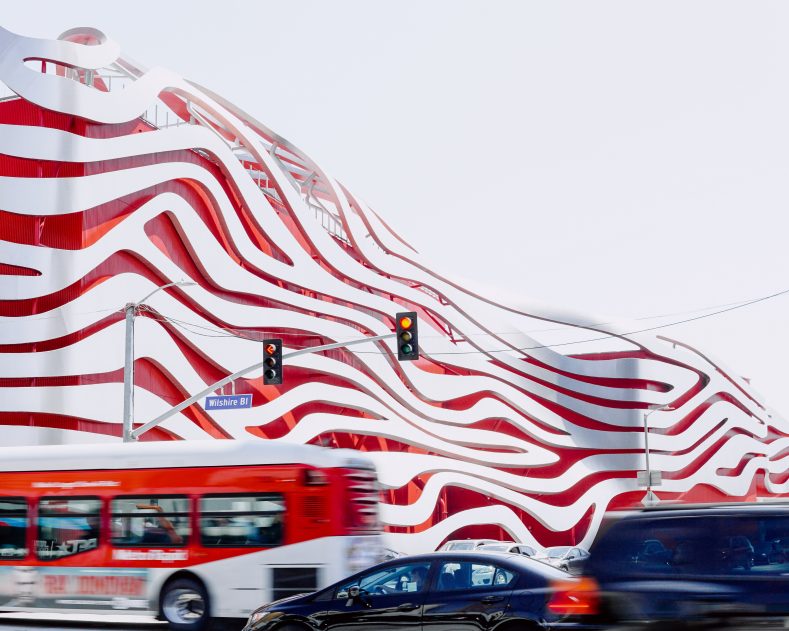
Starting off in Los Angeles, California at The Peterson Automotive Museum, with a stunning building by architectural firm Kohn Pedersen Fox. Redesigned in 2015 for a cost of $125 million the building features a gorgeous twisting curving stainless-steel facade with interior spaces designed to change with the exhibitions. The Peterson Automotive Museum is arguable the most famous building in this list, and for good reason. The Museum itself has over 100 vehicles, in over 25 different spaces.
Current Featured exhibitions include:
Legends of Los Angles: Southern California Race Cars and Their Builders
Find all the info and more right here.
TransportMuseums.com listing – Petersen Automotive Museum
Mercedes-Benz Museum, Stuttgart, Germany

The Mercedes-Benz Museum building is located just outside their factory in Stuttgart. It was designed by UN Studio, and consists of three circles stacked onto of one another, with a triangular atrium cut out of the centre similar to the look of a Wankel Engine. The clever design of the interior creates 16,500 square metres of exhibition space on a foot print of only 4,800 square metres.
On nine levels the museum presents 160 vehicles and over 1,500 exhibits, and offers free audio tours.
Find all the details and more on our listing.
TransportMuseums.com listing – Mercedes-Benz Museum
BMW Museum, Munich | München, Germany
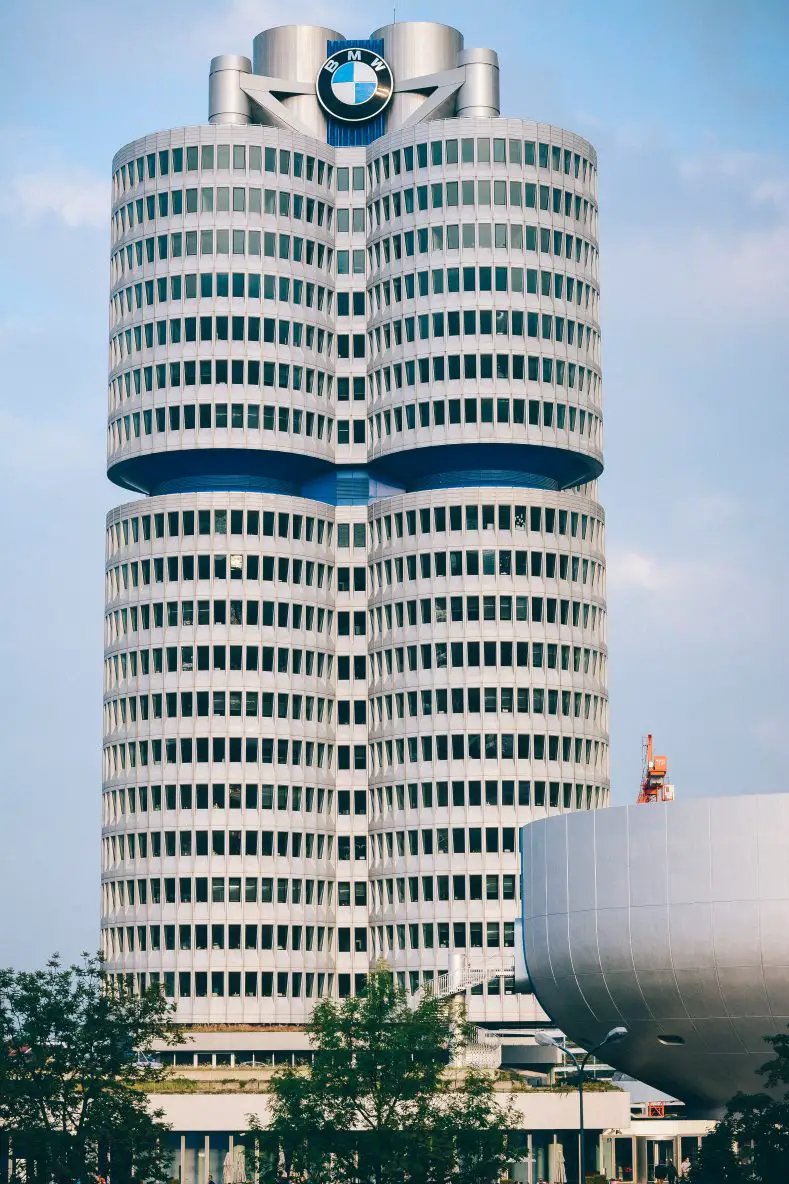
Known as the Salad Bowl, the ground floor is only 20 metres in diameter, and consists of a cloakroom, and reception. Visitors are guided towards a spiral walkway where they ascend to a huge collection of vehicles and engineering by BMW from their rich history. Designed by the Viennese professor Karl Schwanzer.
Current (special) exhibitions include:
Find all the information and more on our listing below.
TransportMuseums.com listing – BWM Museum
Porsche Museum, Stuttgart, Germany
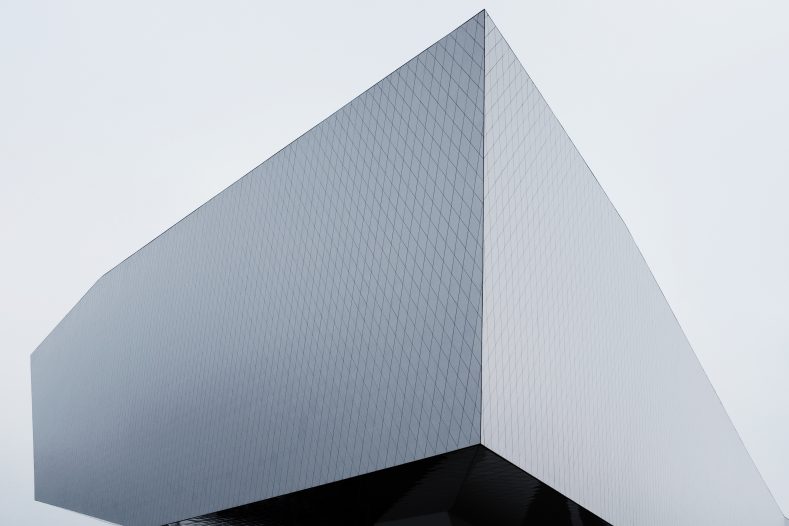
Located just outside Porsches main factory in Zuffenhausen, The building was designed by by the architects Delugan Meissl, and the interior spaces by HG Merz who also designed the interior of the Mercedes Museum above.
“The Porsche Museum creates a space that gives architectural expression to the company’s confident outlook and discerning standards, while also capturing Porsche’s dynamism. Knowledge, credibility and determination are as fundamental to the philosophy as courage, excitement, power and independence. Every idea is treated as an opportunity actively to tackle fresh challenges and probe the limits, yet still remain true to yourself. This museum endeavours to reflect all that,” declares architect Delugan Meissl in his dedication. (https://www.porsche.com/museum/en/entstehungundarchitektur/)
Current (special) exhibitions include:
50 Years of Porsche 917 – Colours of Speed
For more information and links, see our link below.
TransportMuseums.com listing – Porsche Museum
Autoworld Brussels | Bruxelles, Belgium
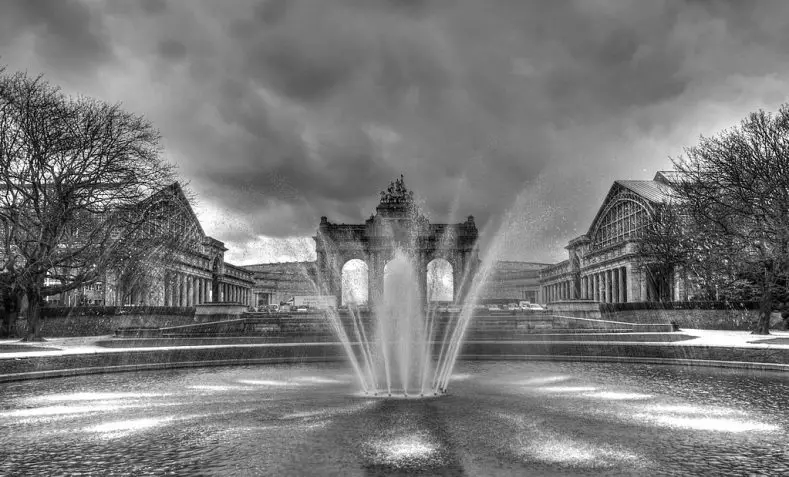
Image by: Moyaertsd [CC BY-SA 4.0], via Wikimedia Commons
“Léopold II’s (1835-1909) driving ambition was to speed up Belgium’s urban development. He wanted to make Brussels not only a beautiful and prestigious city, but also a wonderful place in which to live, capable of matching the other great European towns. In 1880 the Belgians celebrated the fiftieth anniversary of their independence: it was an ideal pretext to organize a National Exhibition. Barely a year before the exhibition Léopold II asked the architect Gédéon Bordiau to trace the main outlines of a huge park on an abandoned military training camp outside the city itself: the plateau of Linthout, which covered 12 hectares.
Bordiau designed two buildings for this Exhibition linked by semi-circular colonnades with an Arch of Triumph built in the extension of the Rue de la Loi: an avenue leading to Tervuren was also planned. Needless to say, they were not completed in time for the Exhibition and the colonnades and the Arch of Triumph were made of wood and plaster. After the festivities the authorities had no specific plans for the plot of land although building continued. The park was enlarged by expropriations and purchases to its current size of 30 hectares and was given the name it bears today, the Parc du Cinquantenaire.”
For more information and links, see our link below.
TransportMuseums.com listing – Autoworld Museum in Brussels Belgium
